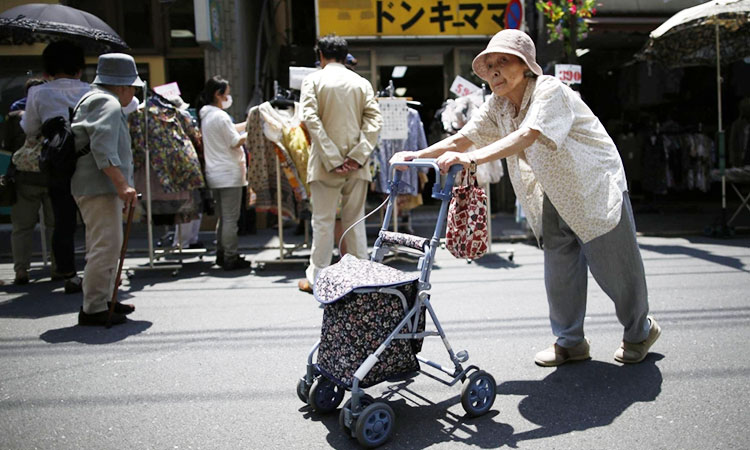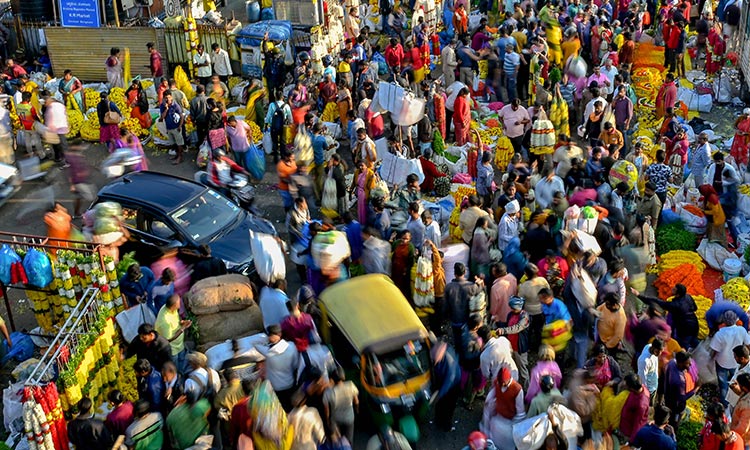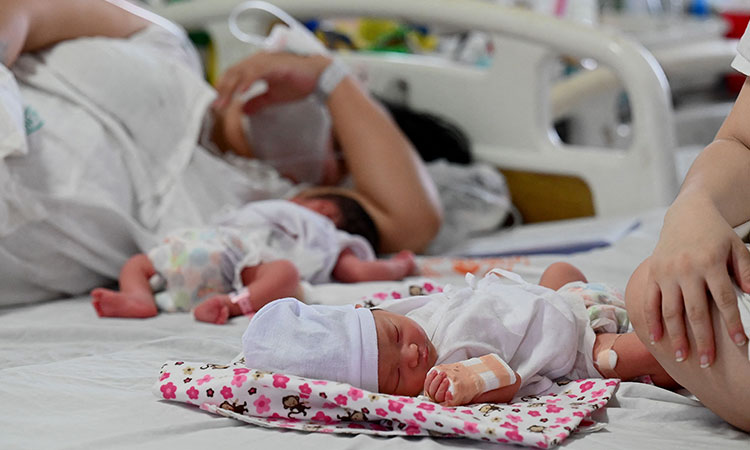Drop in birth rates points to population crisis

The report says that 76% of the countries would witness decline in the total fertility rate by 2050.
A report by the Institute for Health Metrics and Evaluation (IHME) of the University of Washington’s School of Medicine, titled “Global Burden of Disease, Injuries and Risk Factors Study (GBD) 2021 says that in an overwhelming majority of countries the fertility rate or birth rates would fall which would make sustaining the populations difficult. That is, the demography would change in such a way that there would be an increase in the number of the aged, there would not enough young people to take up jobs and run the economy, and the burden of taking care of the aged would increase. According to the report, 76 per cent of the countries, that is 155 out of 204, would witness decline in the total fertility rate by 2050, which is also known as the replacement rate, and this could lead to economic instability as well. The crisis would deepen by 2100 when in 97 per cent of the countries, that is 198 of 204 countries, there would be a fall in the total fertility rate. There will be only six countries, majority of them in sub-Saharan Africa, where there would be population boom. In 2021, 29 per cent of the babies were born in sub-Saharan Africa. And by 2100, this would increase to 54 per cent. This situation would require a change in migration patterns, where people from the relatively crowded countries would have to be moved to those countries where there is a decline in population, and this has to be compensated through migrations. This in opposite to the situation today when most prosperous countries are refusing to allow migrants for fear of overcrowding, and for fear that they will be a strain on the economic resources of the country.
A senior author of the report from IHME, Professor Stein Emil Vollset described the situation arising out of the falling fertility rate: “We are facing staggering social change through the 21st century. The world will be simultaneously tackling a ‘baby boom’ in some countries and a ‘baby bust’ in others. As most of the world contends with the serious challenges to the economic growth of a shrinking workforce and how to care for and pay for ageing populations, many of the most resource-limited countries in sub-Saharan Africa will be grappling with how to support the youngest, fastest-growing population on the planet in some of the most politically and economically unstable, heat-stressed, and health system-strained, places on earth.”
While this is true of the population explosion in sub-Saharan Africa, the plight of the richer and more developed countries would be as critical as in the over-populated places. In countries like Taiwan, South Korea and Japan, where there will be an acute shortage of younger people, and the older people would outnumber the younger, it will be a challenge to keep the economies running. There would be need for migrant workforce. In the last 200 years, countries in the world never faced the problem of lesser people even as the economies expanded and grew. For the first time, economic growth would be affected because there are not enough people to run the economy, to consume its products and services. For most of its history, humanity faced scarcity. In the future, there will be a situation when the plenty that a growing economy produces will lie unconsumed because there are not enough people. In the 1960s, there was the constant talk of the dangers of population explosion, and how the resources of the earth are not sufficient to feed the growing number of people. The wheel has turned, and humanity is faced with the prospect of not enough people to make societies survive and prosper.







